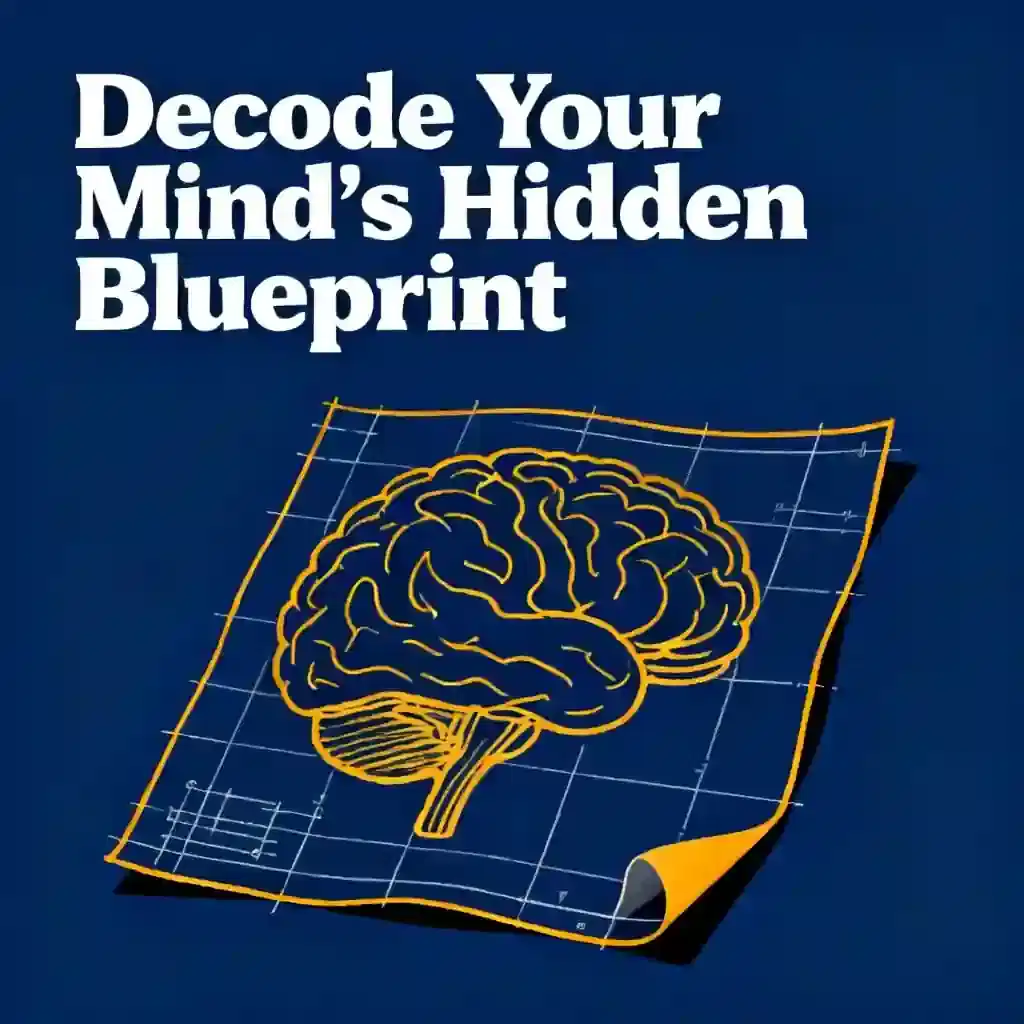What is Uncommon Sense Teaching by Barbara Oakley about?
Uncommon Sense Teaching by Barbara Oakley is a comprehensive guide that applies neuroscience research to classroom practices. The book explains how the brain processes and stores information, covering key concepts like working memory versus long-term memory, different learning brain types (race-car and hiker brains), and evidence-based teaching strategies. It provides practical methods for helping students transfer knowledge into long-term memory through repetition, focused attention, and brain-friendly lesson design.
Who is Barbara Oakley and what makes her qualified to write about teaching?
Barbara Oakley is a Distinguished Professor of Engineering at Oakland University and creator of the world's most popular online course, "Learning How to Learn". She holds a PhD in Systems Engineering and conducts research on learning, cognition, and educational practices. Her unique background—transitioning from studying Russian and Slavic languages to electrical engineering later in life—gives her firsthand insight into how adults can retrain their brains to master challenging subjects.
Who should read Uncommon Sense Teaching?
Uncommon Sense Teaching is designed primarily for K-12 teachers but offers valuable insights for university professors, homeschool parents, tutors, and anyone involved in education. The book is especially beneficial for educators seeking research-based strategies to improve student engagement and retention. Even experienced teachers who regularly attend professional development will find fresh perspectives on brain science that can transform their teaching approach, while new teachers will gain foundational knowledge about how learning actually works.
Is Uncommon Sense Teaching worth reading for experienced educators?
Uncommon Sense Teaching offers value even for veteran teachers, though some experienced educators note that certain concepts like formative assessment may feel familiar. The book's strength lies in its deep neuroscience explanations—particularly about working memory capacity, brain types, and why lectures often fail—rather than just teaching tactics. The practical lesson plan checklists and brain-based strategies provide fresh frameworks for applying knowledge teachers may already have but struggle to implement effectively in classrooms.
What are race-car brains and hiker brains in Uncommon Sense Teaching?
Race-car brains and hiker brains are Barbara Oakley's metaphors for different cognitive processing speeds in Uncommon Sense Teaching. Students with race-car brains process information quickly but may miss details, while hiker-brain learners process more slowly but often with greater depth and thoroughness. Understanding these brain types helps educators recognize that slower processing doesn't indicate lower intelligence—it simply reflects different cognitive approaches that each have unique strengths and require adapted teaching methods.
How does Uncommon Sense Teaching explain working memory versus long-term memory?
Uncommon Sense Teaching describes working memory as limited temporary storage that can only hold a few pieces of information at once, like juggling balls that drop when you're distracted. Long-term memory, by contrast, stores information permanently through repetition and practice. The book emphasizes that students' working memory easily becomes overloaded during lectures when new information keeps coming without opportunities to process and transfer knowledge into long-term storage. Teachers must provide strategic pauses and practice to enable this critical transfer.
What teaching methods does Uncommon Sense Teaching recommend based on brain science?
Uncommon Sense Teaching advocates for brain-friendly strategies including spaced repetition, retrieval practice, and alternating between focused and diffuse thinking modes. The book emphasizes giving students time to process information rather than continuous lecturing, using varied teaching formats to accommodate different brain types, and incorporating regular opportunities for students to retrieve and apply knowledge. Oakley provides practical lesson plan checklists that integrate these neuroscience principles into actionable classroom structures.
Why does Uncommon Sense Teaching say traditional lectures are ineffective?
Uncommon Sense Teaching explains that lectures fail because they continuously introduce new information without giving students' working memory time to process and store it. The metaphor used is that lecturers keep tossing new balls of information while students can only juggle a few at once—forcing them to drop previous knowledge to catch new content. When class ends or distractions occur, all the "balls" fall and nothing transfers to long-term memory. Effective teaching requires strategic pauses for consolidation and practice.
How does Uncommon Sense Teaching compare to A Mind for Numbers?
Uncommon Sense Teaching builds on concepts from Barbara Oakley's earlier book A Mind for Numbers but shifts the focus from learners to educators. While A Mind for Numbers helps students understand their own learning process, Uncommon Sense Teaching translates those neuroscience insights into practical teaching strategies for K-12 and university classrooms. Both books share core principles about brain function, but Uncommon Sense Teaching specifically addresses lesson planning, student diversity, and classroom management from the teacher's perspective.
What are the main criticisms of Uncommon Sense Teaching?
Some experienced educators find Uncommon Sense Teaching covers familiar territory, particularly regarding concepts like differentiated instruction and formative assessment. The book focuses heavily on middle school and higher grade levels, with limited specific strategies for younger students under age five. A few reviewers note that teachers with extensive professional development experience may already know many of the teaching tactics, though they still appreciate the neuroscience explanations behind why these methods work.
How can Uncommon Sense Teaching help with online and remote learning?
Uncommon Sense Teaching provides principles that apply directly to online education challenges, particularly addressing attention limitations and memory overload in virtual environments. The book's emphasis on breaking content into manageable chunks, incorporating retrieval practice, and understanding working memory constraints helps educators design more effective online lessons. The strategies for accommodating different brain types (race-car versus hiker learners) become especially important in remote settings where teachers have less ability to read individual student needs in real-time.
What makes Uncommon Sense Teaching different from other education books?
Uncommon Sense Teaching stands out by grounding every teaching recommendation in neuroscience research rather than educational theory alone. Barbara Oakley uses memorable metaphors and analogies to explain complex brain functions, making the science accessible without oversimplifying. The book avoids educational jargon in favor of practical, research-based strategies that explain not just what teachers should do, but why certain approaches work based on how the brain actually processes and stores information during learning.
























